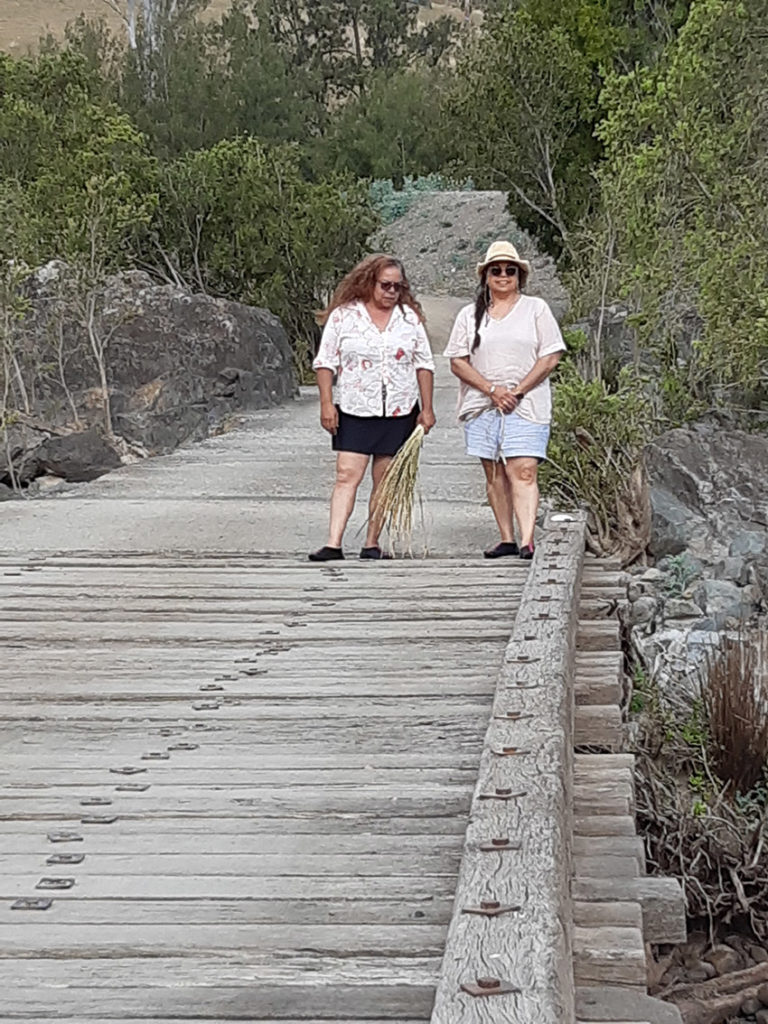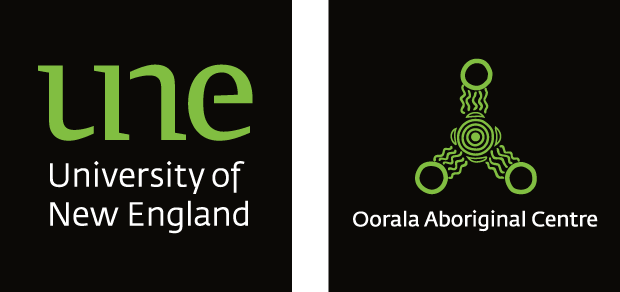A culture of weaving
A wide variety of woven designs were used for fishing, gathering and storing food, and carrying water. Indigenous weaving practices were intrinsically linked to the local environment as they were made from local materials. Weaving is not only the creation of a useful domestic container, but also art and cultural expression and natural resource management.
First nation traditional knowledge and cultural expressions are not static and extend to things that may be created based on that heritage. There is a growing awareness and interest in restoring weaving to support the continuance of traditional weaving.
Weaving takes time: time to collect, dry and prepare the materials; time to plan and design the form and time to gather the fibres and knot, thread and bind them to shape, decorate and adorn objects.
Fibre art has a history as long and enduring as Aboriginal and Torres Strait Islander cultures. The tradition of using elements from the natural world to create diverse material is a rich expression of culture, identity and place that links generations together.
For our ancestors, weaving was a way of life. In keeping with the seasons, fibres were carefully harvested, and women would sit and twist these reeds to string, and loop, knot, coil and plait them into unique flat bags, beautiful baskets and intricate mats. Food and other important items would be transported in these woven forms. Scents of country would be imbued, and physical traces captured within them, symbolising strength in togetherness and the transmission of our rich culture. In the beautiful words of distinguished art curator Hetti Perkins, “One rush is strong, but bound together the rushes become stronger.”
There was also a growing awareness of a much-needed regeneration of weaving—to support continuance of fibre art traditions. The specific plant materials employed in traditional practices influence the weavers’ techniques and the forms they create.
‘Weaving’s a way of renewing culture and essential in healing the effects of dispossession and the stolen generation. The women ‘walk the land’ retracing the steps of their great grandmothers and connecting with the environments while feeding the spirit as they search for pandanus, lomandra, buchie rush, bangalow palms and other materials to use in their craft.’ Adele Chapman Burgess
Topics in this lesson:

